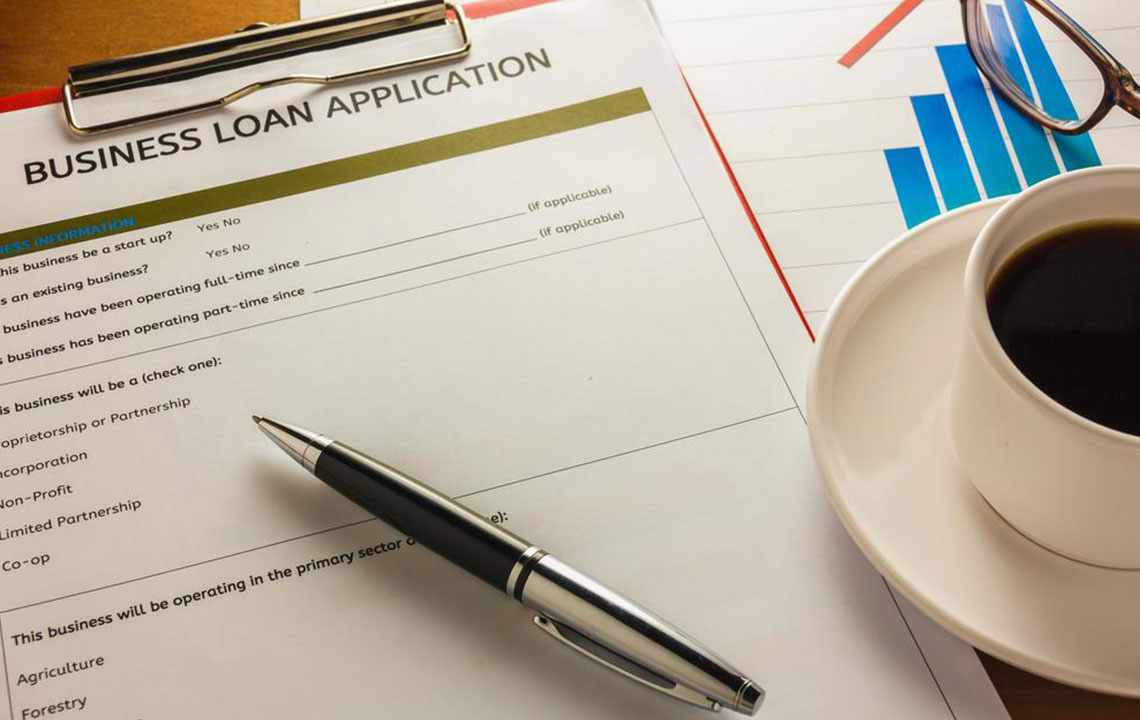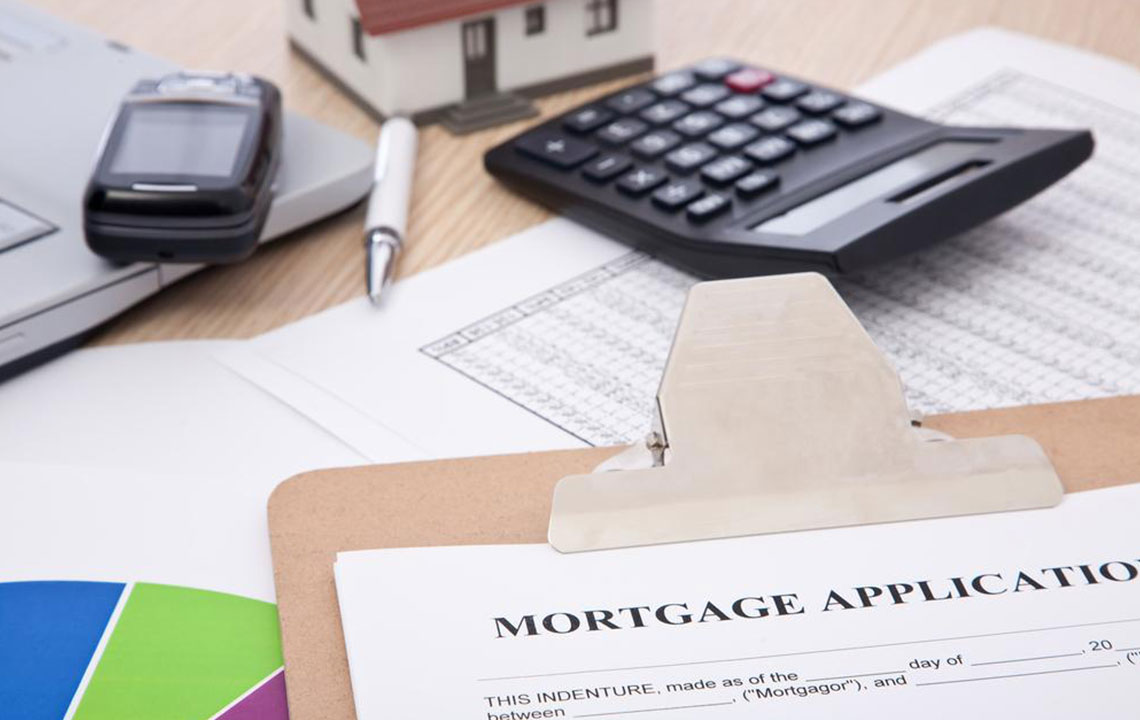Comprehensive Guide to Home Equity Lines of Credit (HELOC) and Their Benefits
Explore the comprehensive guide to understanding Home Equity Lines of Credit (HELOC), including their features, advantages, and how to make informed borrowing decisions. Learn how HELOCs leverage your home’s equity to provide flexible financing options suitable for various financial needs while emphasizing prudent management to avoid risks. This detailed overview is ideal for homeowners planning to optimize their home’s value and secure favorable borrowing terms, offering valuable insights into the differences between HELOCs and traditional home equity loans, along with strategic advice for effective use.

Understanding What a HELOC Is and How It Works
A Home Equity Line of Credit (HELOC) is a versatile financial product that enables homeowners to borrow against the value of their property, providing flexible access to funds for various financial needs. Unlike traditional loans that give you a lump sum, a HELOC functions more like a revolving line of credit, allowing borrowers to draw funds as required over a designated period. This makes it an attractive option for individuals seeking to finance major expenses, consolidate debt, or seize investment opportunities, all while enjoying competitive interest rates.
The core principle behind a HELOC involves leveraging the equity built up in your home. Equity is essentially the difference between your property's current market value and any outstanding mortgage balance. When you qualify for a HELOC, the lender extends a line of credit based on this equity, often up to 85% of your home's appraised value. This capacity provides homeowners with a significant financial resource that they can tap into for various purposes, such as home improvements, education expenses, or emergency fund needs.
One of the key features of a HELOC is its flexibility. Borrowers can access funds through checks, credit cards linked to the line of credit, or online transfers, making it convenient to pay for ongoing costs or unexpected expenses. The borrowed amount is not a fixed sum but rather a revolving line that can be borrowed, repaid, and borrowed again within the draw period, which typically lasts 5 to 10 years. After this period, borrowers enter the repayment phase, where the remaining balance must be paid off, often over a period of 10 to 20 years.
In terms of interest rates, HELOCs generally feature variable rates that fluctuate based on market conditions, usually tied to a benchmark such as the prime rate. These rates tend to be lower than credit cards or personal loans, making HELOCs a cost-effective borrowing option. Moreover, the interest paid on a HELOC may be tax-deductible if the funds are used for qualified purposes, such as home improvement projects, under certain tax laws. However, it’s important to consult with a tax professional to understand your specific situation.
Important Factors to Consider Before Applying
Before diving into a HELOC, it’s crucial to evaluate your financial health thoroughly. Consider how much equity you have in your home, your ability to make regular payments, and your long-term financial plans. Comparing offers from different lenders is highly recommended since each institution may have varying interest rates, fees, and terms. Pay close attention to the annual percentage rate (APR), closing costs, and any prepayment penalties involved.
Understanding the borrowing limits, repayment terms, and how interest is calculated can help you manage your debt responsibly. It’s beneficial to have a clear budget and plan to pay down the borrowed amount within the loan’s interest-only period or beyond, ensuring you do not face financial strain or risk losing your home through foreclosure.
Comparing HELOCs with Traditional Home Equity Loans
While HELOCs offer flexibility, it’s important to understand how they differ from other home equity products such as home equity loans. A home equity loan provides a one-time lump sum of money with fixed interest rates and consistent monthly payments, ideal for borrowers who prefer predictable expenses. In contrast, a HELOC offers a revolving line of credit that allows frequent borrowing and repayment, which is advantageous when your expenses vary or are unpredictable.
Both options leverage the equity in your home and may have tax-deductible interest, but the financial commitment profile differs. You should evaluate your specific needs, financial stability, and the nature of your expenses to choose the best product for your circumstances.
Strategies for Making the Most of a HELOC
Using a HELOC wisely can help maximize its benefits. Since interest rates are variable, borrowing during periods of lower rates can reduce costs. It’s also wise to use the line of credit for investments that appreciate over time or for essential expenses that improve your property, increasing your home's value.
Creating a repayment plan that minimizes interest payments is essential. Paying down the balance early or during the interest-only period can significantly reduce overall costs. Additionally, maintaining an emergency fund separate from your HELOC ensures you won’t overly depend on your home equity for unexpected expenses, preserving your financial security.
In conclusion, a HELOC offers a flexible, cost-effective way to access funds by utilizing your home’s equity. By carefully assessing your financial situation, shopping around for the best terms, and planning your borrowing and repayment wisely, you can make this financial tool work in your favor, helping you achieve your financial goals while safeguarding your home.





